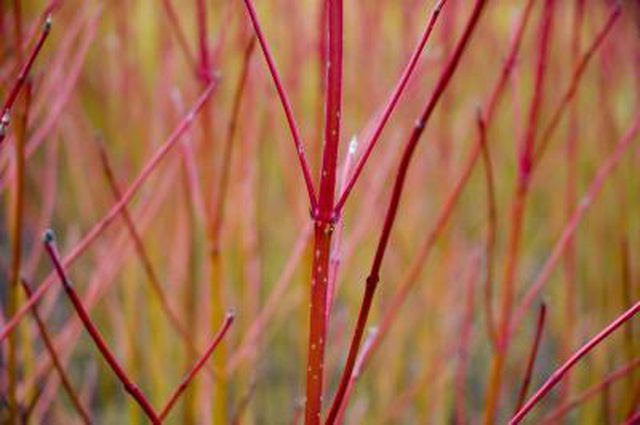Bulbs
Flower Basics
Flower Beds & Specialty Gardens
Flower Garden
Garden Furniture
Garden Gnomes
Garden Seeds
Garden Sheds
Garden Statues
Garden Tools & Supplies
Gardening Basics
Green & Organic
Groundcovers & Vines
Growing Annuals
Growing Basil
Growing Beans
Growing Berries
Growing Blueberries
Growing Cactus
Growing Corn
Growing Cotton
Growing Edibles
Growing Flowers
Growing Garlic
Growing Grapes
Growing Grass
Growing Herbs
Growing Jasmine
Growing Mint
Growing Mushrooms
Orchids
Growing Peanuts
Growing Perennials
Growing Plants
Growing Rosemary
Growing Roses
Growing Strawberries
Growing Sunflowers
Growing Thyme
Growing Tomatoes
Growing Tulips
Growing Vegetables
Herb Basics
Herb Garden
Indoor Growing
Landscaping Basics
Landscaping Patios
Landscaping Plants
Landscaping Shrubs
Landscaping Trees
Landscaping Walks & Pathways
Lawn Basics
Lawn Maintenance
Lawn Mowers
Lawn Ornaments
Lawn Planting
Lawn Tools
Outdoor Growing
Overall Landscape Planning
Pests, Weeds & Problems
Plant Basics
Rock Garden
Rose Garden
Shrubs
Soil
Specialty Gardens
Trees
Vegetable Garden
Yard Maintenance
About Red Twig Dogwood
About Red Twig Dogwood. Many shrubs offer ornamental features one or two seasons of the year, but red twig dogwood (Cornus sericea) isn't like other shrubs. Hardy from U.S. Department of Agriculture plant hardiness zones 2 through 9, this native beauty teams versatility and adaptability with year-round ornamental interest. From flowers, fruit and...

Many shrubs offer ornamental features one or two seasons of the year, but red twig dogwood (Cornus sericea) isn't like other shrubs. Hardy from U.S. Department of Agriculture plant hardiness zones 2 through 9, this native beauty teams versatility and adaptability with year-round ornamental interest. From flowers, fruit and colorful fall foliage to the stems that inspired its name, red twig dogwood is a shrub for all seasons.
Enjoying Dogwood Features
Whatever the season, red twig dogwood bears watching. Springtime brings showy, cream-white flower clusters atop deep green leaves and burgundy-green stems. In summer, 1/3-inch fruit takes their place. Berries range from white to pale, porcelain-blue and draw admiring birds. By autumn's arrival, red twig stems flush with burgundy-red and carry purple-red foliage. Leaves drop as fall progresses, but stems intensify in color. Red twig shines in winter -- no leaves in sight, just rich burgundy stems against wintry skies and snow. Mature red twig dogwoods normally reach 6 to 10 feet high and wide in garden settings. In the wild, they grow even larger.
Keeping Red Twigs Healthy
Red twig's native habitat provides clues to keep this low-care shrub happy. It's often found in spring marshlands that dry by fall. Red twig likes full sun locations, but tolerates filtered shade. It prefers consistently moist soil, but handles late season dry bouts in stride. It's the perfect solution for low-lying spots in your landscape where seasonal water accumulates. High-nitrogen turf fertilizer in nearby lawns doesn't bother these shrubs. Red twigs spread by stolons and form colonies in native wetlands. More restrained in home landscapes, small urban groupings provide a beautiful backdrop. Red twig has no major pests or disease problems.
Enhancing Winter Interest
Red twig dogwood's striking stems are its ornamental highlight. The youngest stems show the most brilliant color. Pruning encourages vivid new growth. Some gardeners cut red twig completely back 2 to 3 inches from the ground each spring. However, dogwood blooms on old stems and that sacrifices flowers and fruit. A gentler method is to remove one-fourth of the plant each year to encourage and renew color. Cut the oldest, dullest stems to the ground in spring, leaving the rest intact. Use sharp bypass pruners, and sterilize the blades with household disinfectant before and after each bush. Bring cut stems indoors for arrangements.
Considering Cultivars
Many cultivars of red twig dogwood have been selected for colorful foliage and outstanding stem color. "Cardinal" dogwood (Cornus sericea "Cardinal") has cardinal-red twigs and grows 9 feet tall and 12 feet wide. "Isanti" dogwood (Cornus sericea "Isanti") stays a compact 6 feet tall and wide, with brilliant red stems. The dwarf "Kelseyi" dogwood (Cornus sericea "Kelseyi") keeps its red twigs under 3 feet tall and wide. "Hedgerow Gold" dogwood (Cornus sericea "Hedgerow Gold") complements its bright red stems with variegated green and gold foliage. These red twig dogwood cultivars suit USDA zones 2 through 8.